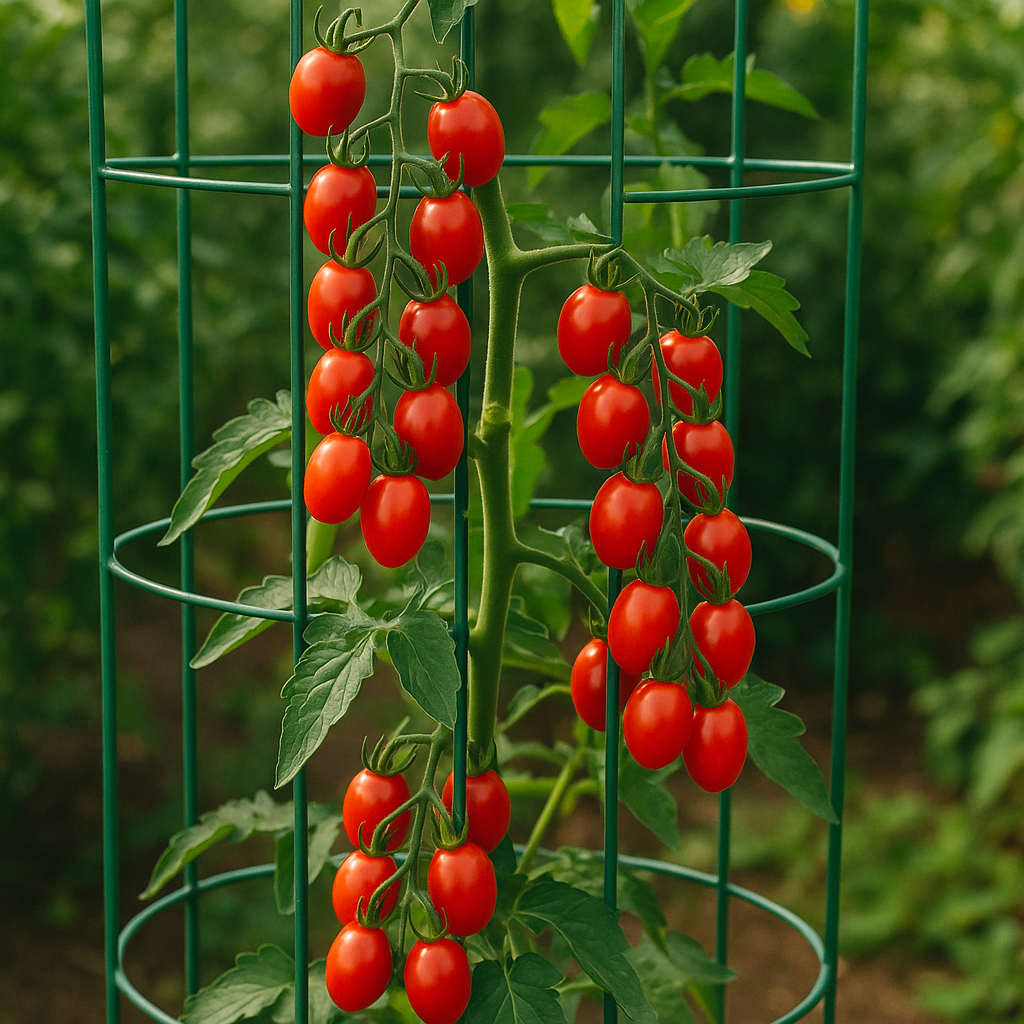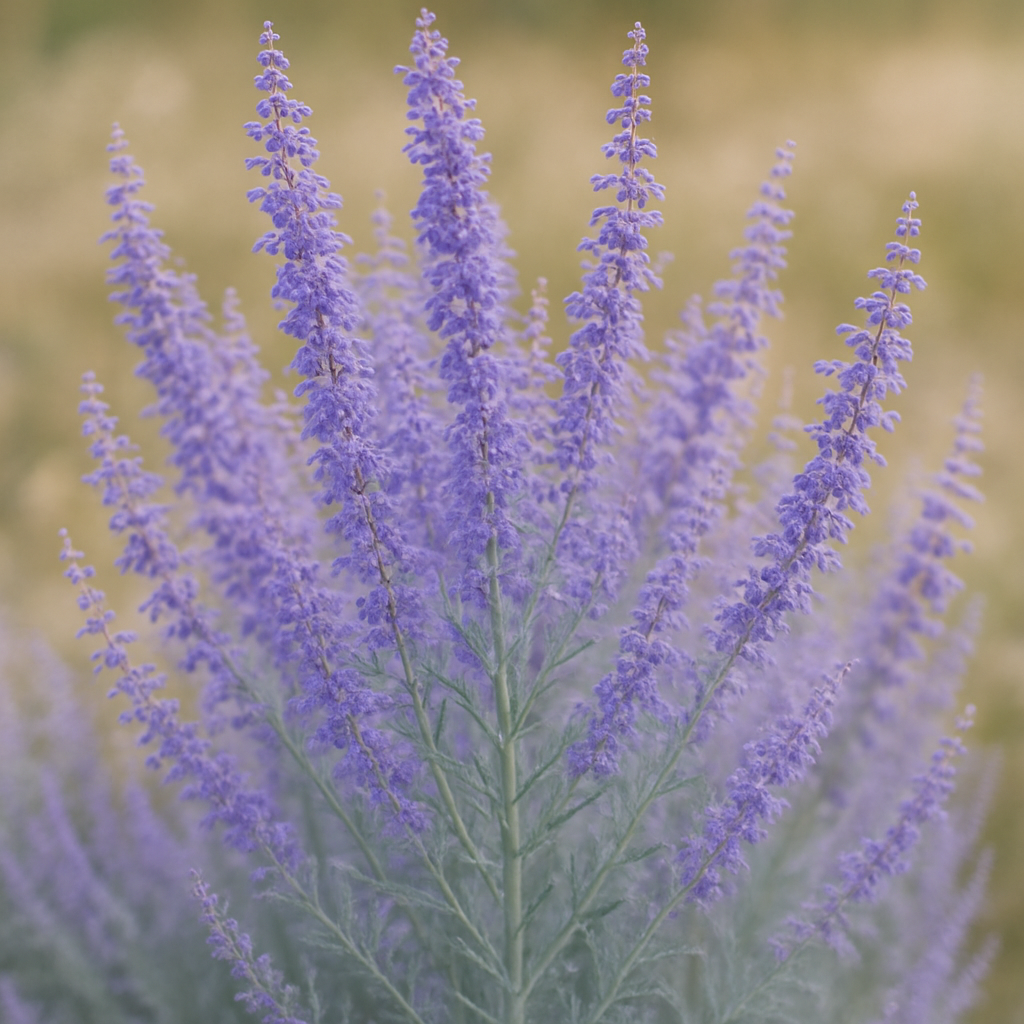Magnolia: Majestic Blooms for Your Garden
About Magnolia
Magnolia is a stunning ornamental tree known for its large, fragrant flowers and glossy foliage. With over 200 species, Magnolias range from deciduous to evergreen, offering spring and summer blooms that brighten gardens and landscapes. These majestic trees are celebrated for their elegance, fragrance, and long-lasting flowers.
At Organicindiaseeds.com we offer premium Magnolia seeds, enabling gardeners to grow magnificent, flowering trees organically in their homes or landscapes.

Why Grow Magnolia?
-
Spectacular Blooms: Produces large, fragrant flowers in white, pink, purple, or yellow shades.
-
Ornamental Appeal: Adds elegance and beauty to gardens, patios, and parks.
-
Pollinator-Friendly: Attracts bees, butterflies, and birds, enhancing biodiversity.
-
Longevity: Magnolia trees can live for decades, providing long-term beauty.
-
Low-Maintenance: Once established, requires minimal pruning and care.
When to Plant Magnolia
-
Best Planting Time: Spring or early summer, after the last frost.
-
Seed Germination: Seeds typically germinate in 1–3 months under warm, moist, and stratified conditions.
-
Flowering Season: Blooms usually appear in spring or early summer, depending on the species.
Where to Grow Magnolia
-
Sunlight: Prefers full sun to partial shade; at least 4–6 hours of sunlight daily.
-
Soil: Well-drained, slightly acidic to neutral soil (pH 5.5–7.0) enriched with organic matter.
-
Space: Plant 15–25 feet apart for large species to allow canopy expansion.
-
Climate: Thrives in temperate, subtropical, and tropical climates, depending on the species.
How to Grow Magnolia

-
Seed Preparation: Scarify seeds lightly and soak in water for 24 hours, then stratify in a cool, moist environment for 3 months to break dormancy.
-
Sowing: Plant seeds ½ inch deep in seed trays or pots with well-draining soil.
-
Transplanting: Move seedlings outdoors when they reach 6–8 inches tall and the soil temperature is stable.
-
Watering: Keep soil evenly moist, especially during the first 2 years of growth.
-
Fertilizing: Use organic compost or balanced fertilizer twice a year to promote healthy growth and flowering.
How to Care for Magnolia
-
Pruning: Minimal pruning is needed; remove dead, damaged, or crossing branches after flowering.
-
Mulching: Helps retain moisture, regulate soil temperature, and prevent weeds.
-
Pest Management: Monitor for scale insects or aphids; treat organically if necessary.
-
Temperature Protection: Young trees may need protection from frost or extreme heat.
Companion Plants for Magnolia

-
Azaleas and Rhododendrons: Prefer similar soil conditions and complement Magnolia blooms.
-
Ferns and Hostas: Provide ground cover and contrast with the tall tree.
-
Camellias: Add additional color and texture beneath the canopy.
Image Placement Suggestion: Include a photo of a Magnolia tree in full bloom with companion plants like azaleas and ferns, illustrating a vibrant garden setting.
Harvesting and Flower Use
-
Time to Bloom: Magnolia trees may take 3–6 years from seed to bloom.
-
Harvest Method: Flowers can be cut for decorative arrangements when fully opened.
-
Uses: Garden display, bouquets, perfumes, and enhancing landscape aesthetics.
Final Thoughts on Magnolia
Magnolia is a majestic, fragrant, and low-maintenance flowering tree perfect for gardeners seeking beauty, elegance, and a pollinator-friendly environment. Its large blooms, glossy foliage, and versatility make it suitable for home gardens, parks, and ornamental landscaping. Start growing Magnolia from premium seeds at Organicindiaseeds.com. and enjoy the timeless beauty and fragrance of this iconic tree.



اترك تعليقًا
This site is protected by hCaptcha and the hCaptcha Privacy Policy and Terms of Service apply.